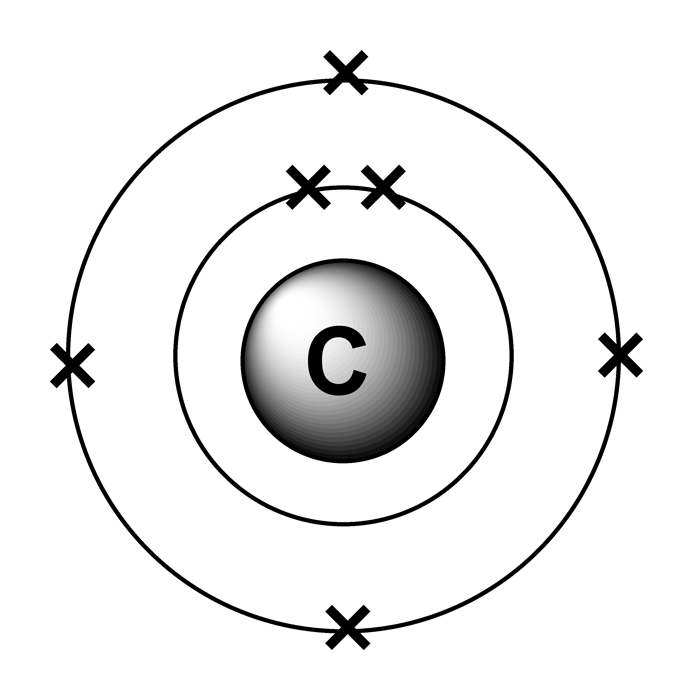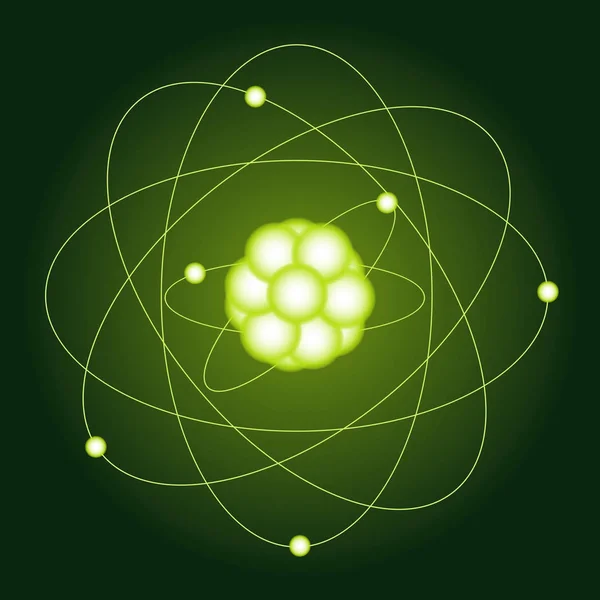
CO 2 is released from organic materials when they decay or combust, such as in forest fires. In turn, oxygen is consumed and CO 2 is released as waste by all aerobic organisms when they metabolize organic compounds to produce energy by respiration. Plants, algae and cyanobacteria use energy from sunlight to synthesize carbohydrates from carbon dioxide and water in a process called photosynthesis, which produces oxygen as a waste product. Its concentration in Earth's pre-industrial atmosphere since late in the Precambrian has been regulated by organisms and geological phenomena. Īs the source of available carbon in the carbon cycle, atmospheric CO 2 is the primary carbon source for life on Earth. When carbon dioxide dissolves in water, it forms carbonate and mainly bicarbonate ( HCO −ģ), which causes ocean acidification as atmospheric CO 2 levels increase. Carbon dioxide is soluble in water and is found in groundwater, lakes, ice caps, and seawater. Burning fossil fuels is the primary cause of these increased CO 2 concentrations and also the primary cause of climate change. It is a trace gas in Earth's atmosphere at 421 parts per million (ppm), or about 0.04% by volume (as of May 2022), having risen from pre-industrial levels of 280 ppm. In the air, carbon dioxide is transparent to visible light but absorbs infrared radiation, acting as a greenhouse gas. It is found in the gas state at room temperature. The Standard English unit is pounds mass per cubic foot ( lbm/ft 3).Ĭarbon – Properties Summary Element Carbon Atomic Number 6 Symbol C Element Category Non Metal Phase at STP Solid Atomic Mass 12.0107 Density at STP 2.26 Electron Configuration 2s2 2p2 Possible Oxidation States +2,4/-4 Electron Affinity 153.9 Electronegativity 2.55 1st Ionization Energy 11.2603 Year of Discovery unknown Discoverer unknown Thermal properties Melting Point 3367 Boiling Point 4827 Thermal Conductivity 129 Specific Heat 0.71 Heat of Fusion - Heat of Vaporization 355.Carbon dioxide ( chemical formula CO 2) is a chemical compound made up of molecules that each have one carbon atom covalently double bonded to two oxygen atoms. The standard SI unit is kilograms per cubic meter ( kg/m 3). In other words, the density (ρ) of a substance is the total mass (m) of that substance divided by the total volume (V) occupied by that substance. It is an intensive property, which is mathematically defined as mass divided by volume: Typical densities of various substances at atmospheric pressure.ĭensity is defined as the mass per unit volume. How does the atomic mass determine the density of materials? Density of Carbon The atomic mass number determines especially the atomic mass of atoms. The mass number is different for each different isotope of a chemical element. For 63Cu, the atomic mass is less than 63, so this must be the dominant factor. A nucleus with greater binding energy has lower total energy, and therefore a lower mass according to Einstein’s mass-energy equivalence relation E = mc 2. The nuclear binding energy varies between nuclei.This increases the mass of nuclei with more neutrons than protons relative to the atomic mass unit scale based on 12C with equal numbers of protons and neutrons. The neutron is slightly heavier than the proton.There are two reasons for the difference between mass number and isotopic mass, known as the mass defect: For example, 63Cu (29 protons and 34 neutrons) has a mass number of 63, and an isotopic mass in its nuclear ground state is 62.91367 u. For other isotopes, the isotopic mass usually differs and is usually within 0.1 u of the mass number. One unified atomic mass unit is approximately the mass of one nucleon (either a single proton or neutron) and is numerically equivalent to 1 g/mol.įor 12C, the atomic mass is exactly 12u, since the atomic mass unit is defined from it. One atomic mass unit is equal to 1.66 x 10 -24 grams. The unit of measure for mass is the atomic mass unit (amu).


Therefore this resulting atomic mass is calculated from naturally-occurring isotopes and their abundance. Note that each element may contain more isotopes. How does the atomic number determine the chemical behavior of atoms? Atomic Mass of Carbon Since the number of electrons is responsible for the chemical behavior of atoms, the atomic number identifies the various chemical elements. Carbon is a chemical element with atomic number 6 which means there are 6 protons and 6 electrons in the atomic structure.


 0 kommentar(er)
0 kommentar(er)
